All about the Red Dzao
How much do you know about the Red Dao ethnic minority, Vietnam’s second largest minority group and Topas Riverside Lodge’s closest neighbors? Keep reading to learn more about the group’s rich and fascinating culture.
History
The Red Dzao are believed to have migrated from modern-day China to northern Vietnam as early as the 12th century.
After suffering droughts, failed crops, and the pressures of conventional society at the time related to feudalism during the Minh dynasty, they settled in present-day provincial areas of northern Vietnam, most notably, Cao Bang, Lang Son, Ha Giang, and Lao Cai.
Their spoken language belongs to the Hmong-Dzao family, while a slight variation on Chinese characters is used for the written form. Children learn Vietnamese in school and can usually speak both languages by the time they enter primary school.
Dao religion includes several elements from Buddhism, Confucianism, and Taoism, as well as incorporating ancestor worship of family members who have passed away, similar to the Vietnamese Kinh who make up the majority of the population of Vietnam. The legendary holy man Ban Vuong is considered the earliest ancestor of the Dao people.
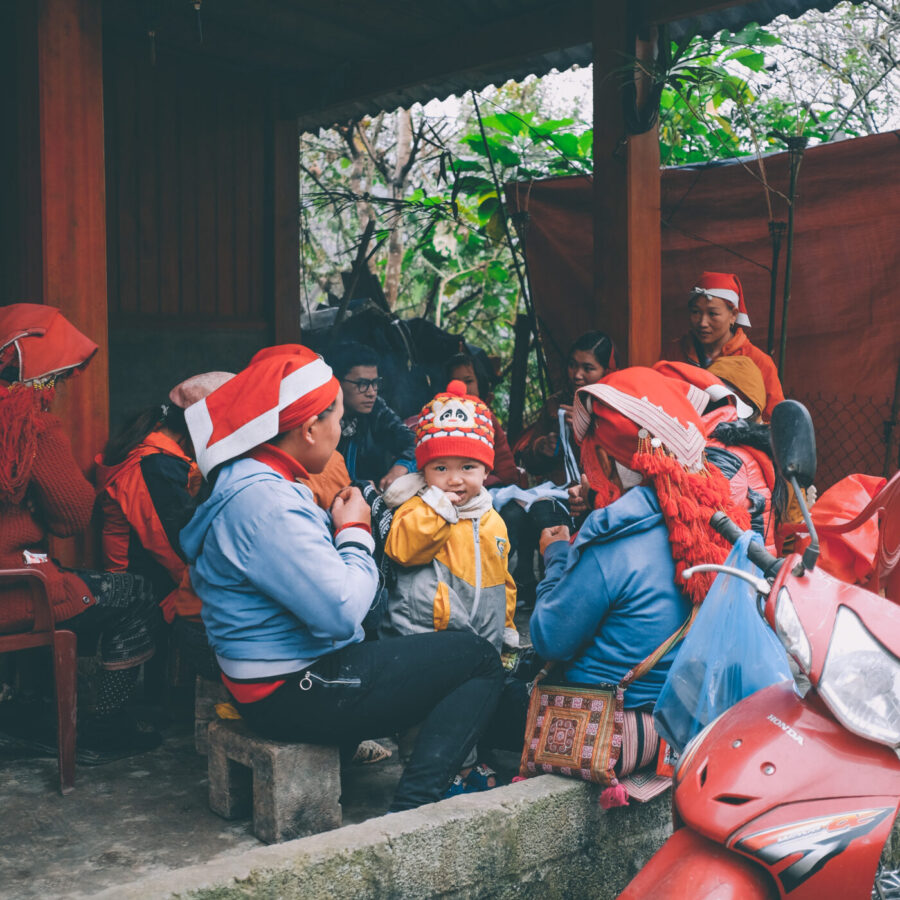
Clothing and hair style
Women’s embroidery skills are extremely important in the Red Dao culture. A woman is not seen as desirable or fit for marriage until she is able to sew her own clothes.
Each lunar new year, it is the duty of the wife to make a new set of clothes for her entire family before the start of Tet (the lunar new year). Each traditional outfit includes a colorfully embroidered knee-length jacket, trousers, belt, necklace, and head covering. It typically takes the women an entire year to complete the garments. You’ll often see women working on pieces of fabric when they are not working in the fields planting and harvesting rice.
Women are usually seen wearing long blouses over their trousers, while a typical outfit for men consists of a short shirt worn with long trousers and a headscarf. Both genders wear a square of fabric attached to the back of their shirts, symbolizing that they are children of God.
The hairstyles for men and women are similar, with the hair worn long on top and shaved underneath. Many women also shave their eyebrows and a patch of their hairline once they are married. According to legend, long ago a woman was serving an old king when he found a hair in his soup. Therefore, as a sign of respect, women usually shave their eyebrows and a patch of their hairline, which is covered by a distinctive triangular shaped red turban and decorated with silver coins and red tassels.
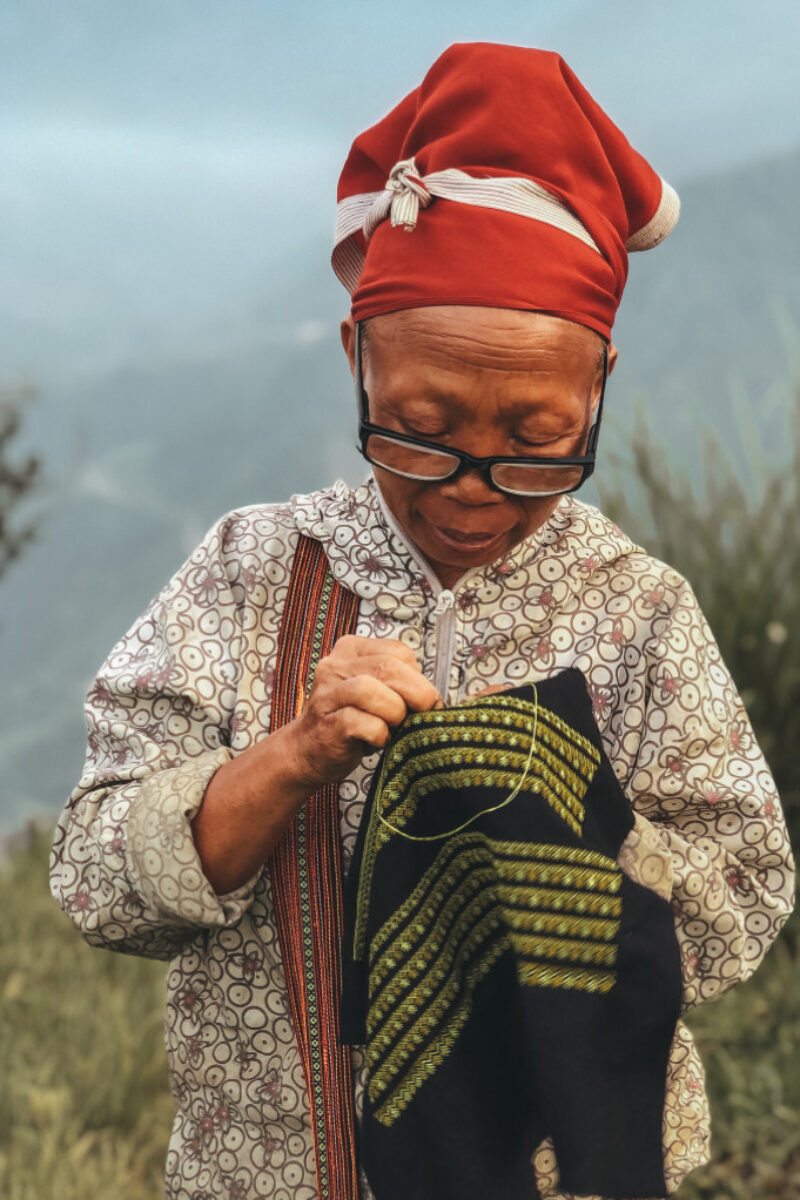
Herbal baths
The Red Dao are renowned for their medicinal plant knowledge, especially their traditional herbal baths. These are believed to treat many ailments such as fevers, headaches and circulatory issues, as well as improving skin complexion and aiding recovery post-childbirth. In fact, Red Dao women usually return to work just a couple of weeks after giving birth thanks to daily soaks in these herbal baths!
Each plant gatherer (typically a woman) can recognize between 50 – 200 different types of plant and herb species by sight. Of these herbs, there are 10 which are considered the most essential in any herbal bath. Recipes are created and the “secret knowledge” is passed from one generation of a family to the next, meaning no two herbal baths are exactly alike.
The main ingredients for Red Dao medical treatments have usually been foraged from the nearby bamboo forests and jungle areas. The Red Dzao herbal baths at Topas Riverside Lodge are freshly made daily by our resident herbalist, Chi Pu.
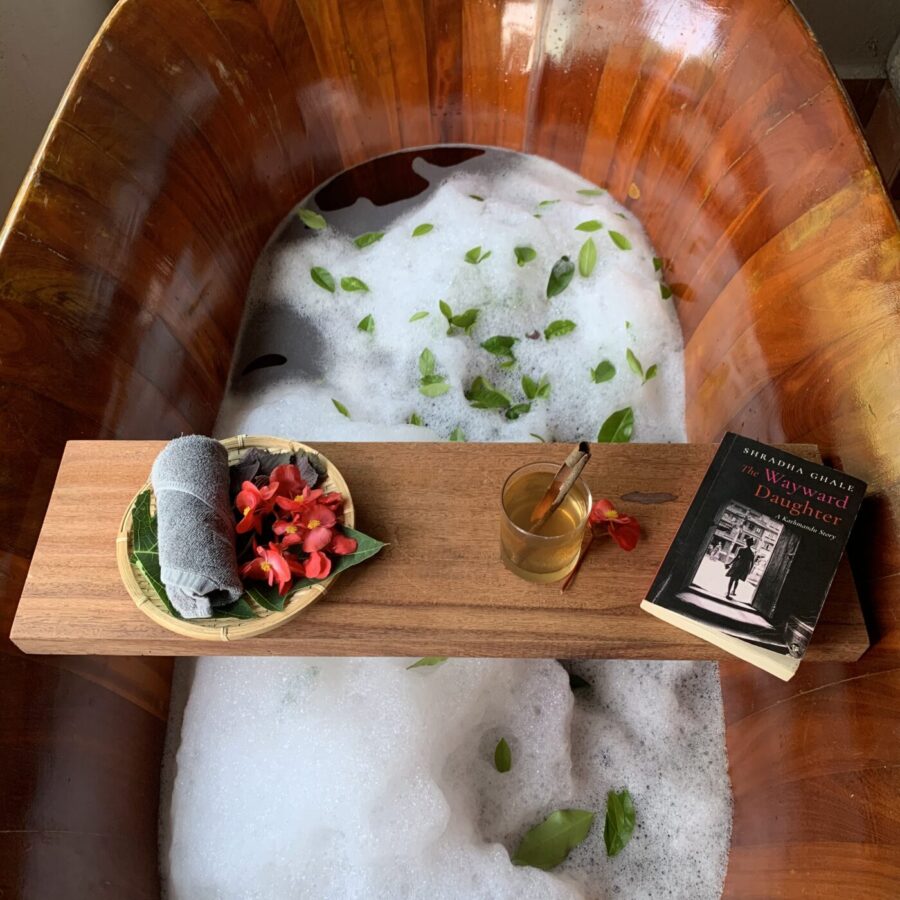
Social organization
In Red Dao communities, men play a dominant role, especially in the construction of houses and business in general, while women tend to the rice fields, collect herbs for traditional medicine, sew clothes by hand for the entire household, and take care of the children.
Dao people have many different family names, with people of different generations distinguished by their middle names and each lineage having its own system.
Of great importance to the Dao people is the ritual to determine the site for a new house. A household will dig a hole the size of a bowl at night, which is then filled with grains of rice to represent people, cows, buffaloes, money and property. In the morning, the family inspects the hole to see if the rice remains – if not, the house will be built elsewhere.
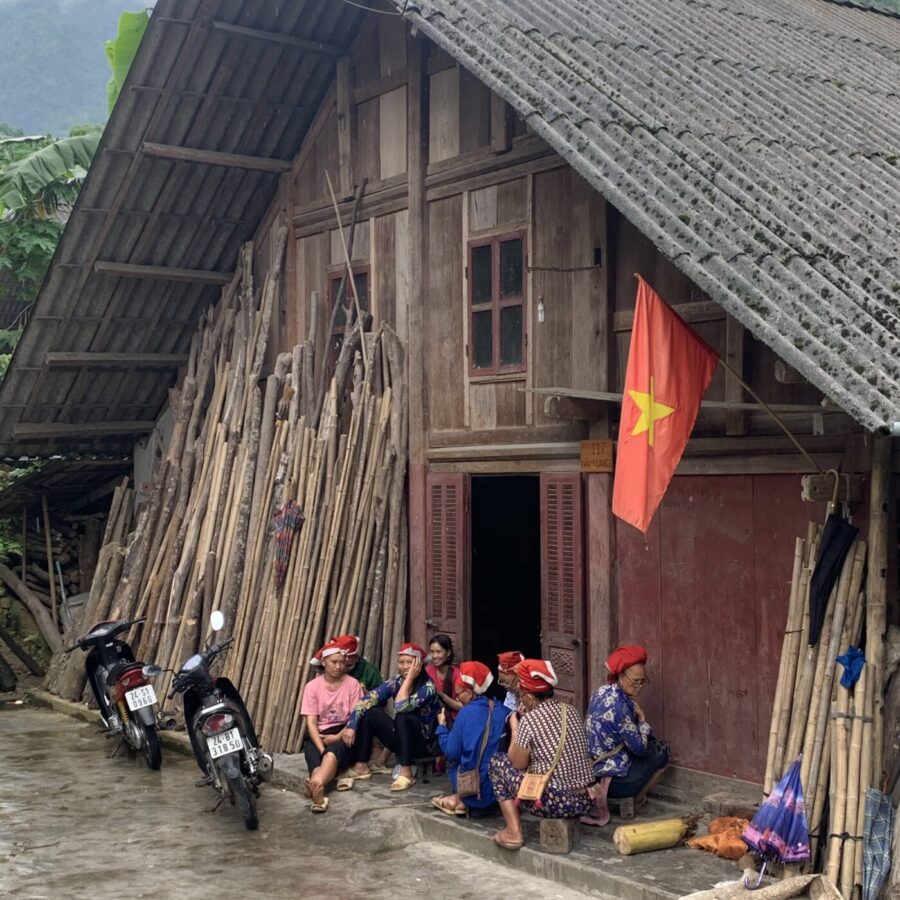
Birth and death
Homebirth is extremely common in Red Dao communities. In the mother’s bedroom, aunts and grandmas will help the newborn enter the world before bathing them in hot water. Special rituals, such as hanging green treen branches or banana flowers over the front door, are carried out to protect the baby from evil spirits, who the Red Dao fear may harm them or make them have a wicked character. A ritual to honor the mother is held when the baby is three days old.
Following a death in the family, a man known as thay tao is invited to the family home by the deceased’s children to conduct rituals and select a suitable burial site. The deceased is wrapped in a mat and placed in a coffin inside the family house, before being carried to a grave built of stones. In former times, the bodies of deceased persons over the age of 12 were cremated.
Specific funeral rituals ensure the deceased rests in peace. A three-day long ceremony is held in conjunction with initiation rites for Red Dao boys. On the first day, the spirit of the deceased is liberated, on the second day, they are worshipped in the family home, and on the third day, initiation rites for the young boys take place.
During these rites, a boy will sit on a throne at the highest place in the village until he falls into hammocks hanging below, representing him falling from the sky to be born on Earth, symbolic of the Dao belief that their people are direct descendants of God.
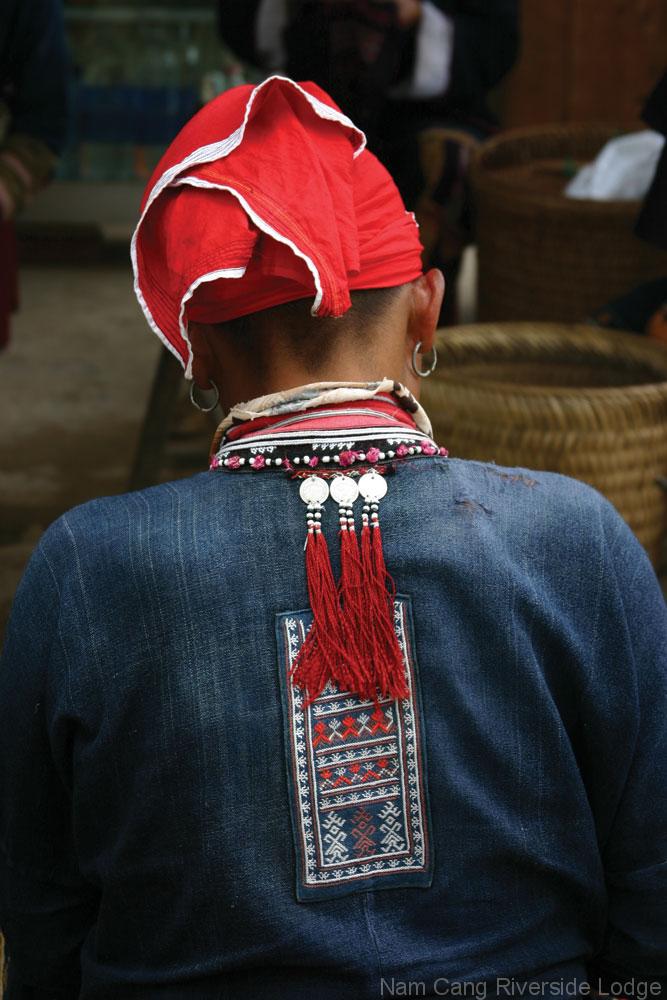
Marriage rituals
Arranged marriages are common practice in Red Dao communities, with a bride being selected for a young man by his parents. At the age of fourteen or fifteen, the boy is taken by his father to meet a girl deemed to be fit, healthy and a suitable housekeeper. The couples’ suitability for union is then judged by a diviner who uses a ritual involving a chicken leg and the young couple’s own horoscopes. The boy’s family present offerings such as silver coins, chickens, pigs and jars of rice wine to the girl’s family, the value of which indicates the girl’s worth.
During the marriage ceremony, the bride is carried by the groom on his back. A piece of string is stretched in front of the wedding procession, and the bride must step over a pair of blessed scissors before crossing the threshold into her groom’s family house.
For families without a son, a groom can be bought from a poor family who can’t afford a dowry for a wife for their son. This groom will be forced to live with his bride’s family, traditionally a cause of great shame.
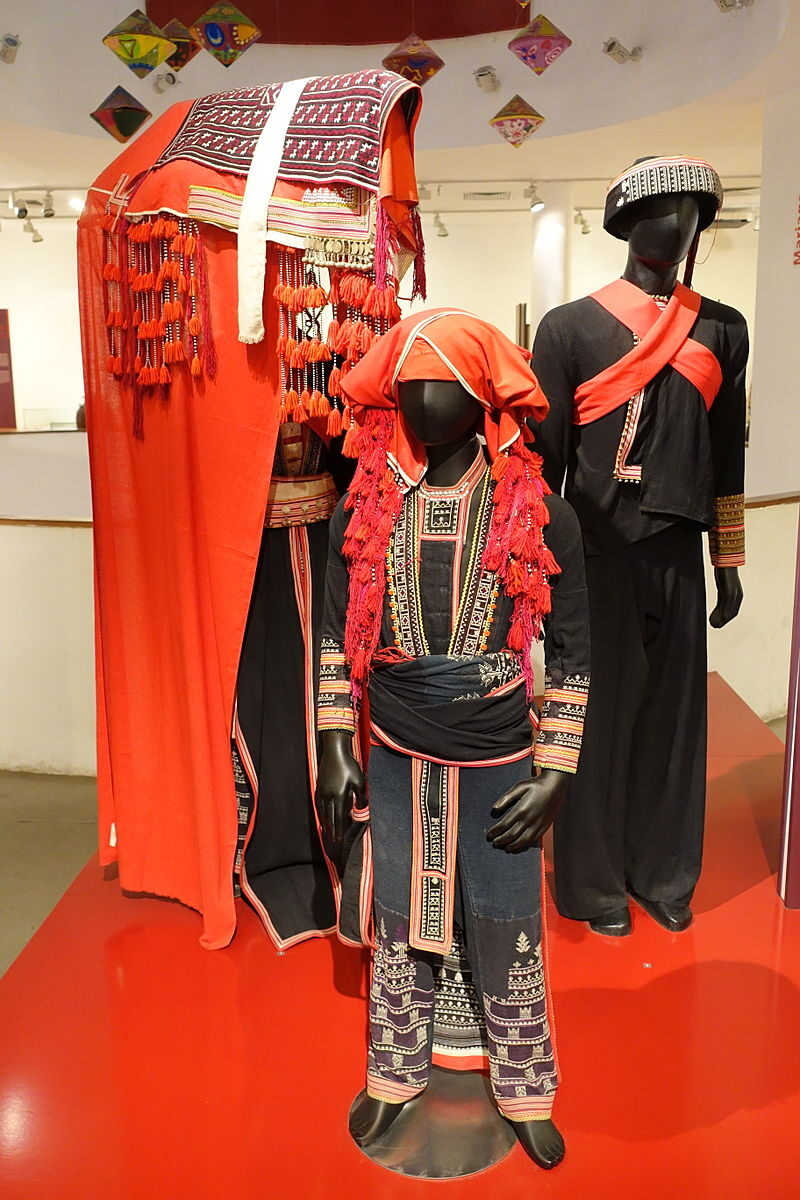
Spend time with the Red Dzao community
Want to discover more for yourself? Reserve a stay with us and spend time visiting Nam Cang village, foraging for herbs in the nearby bamboo forest and resting after a long day of exploration in a steaming hot herbal bath. Click to find out more.
